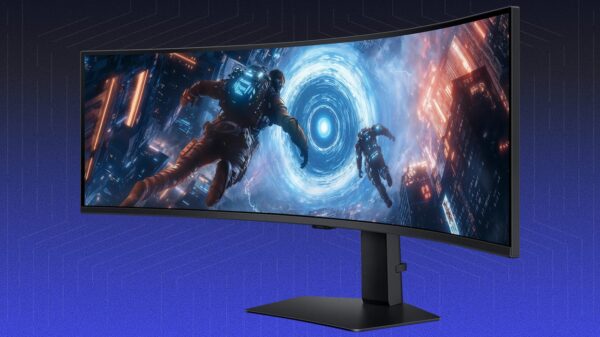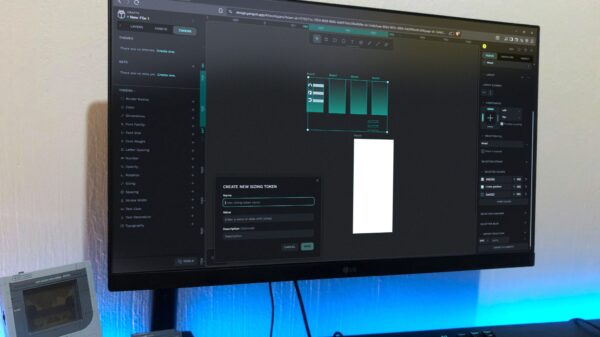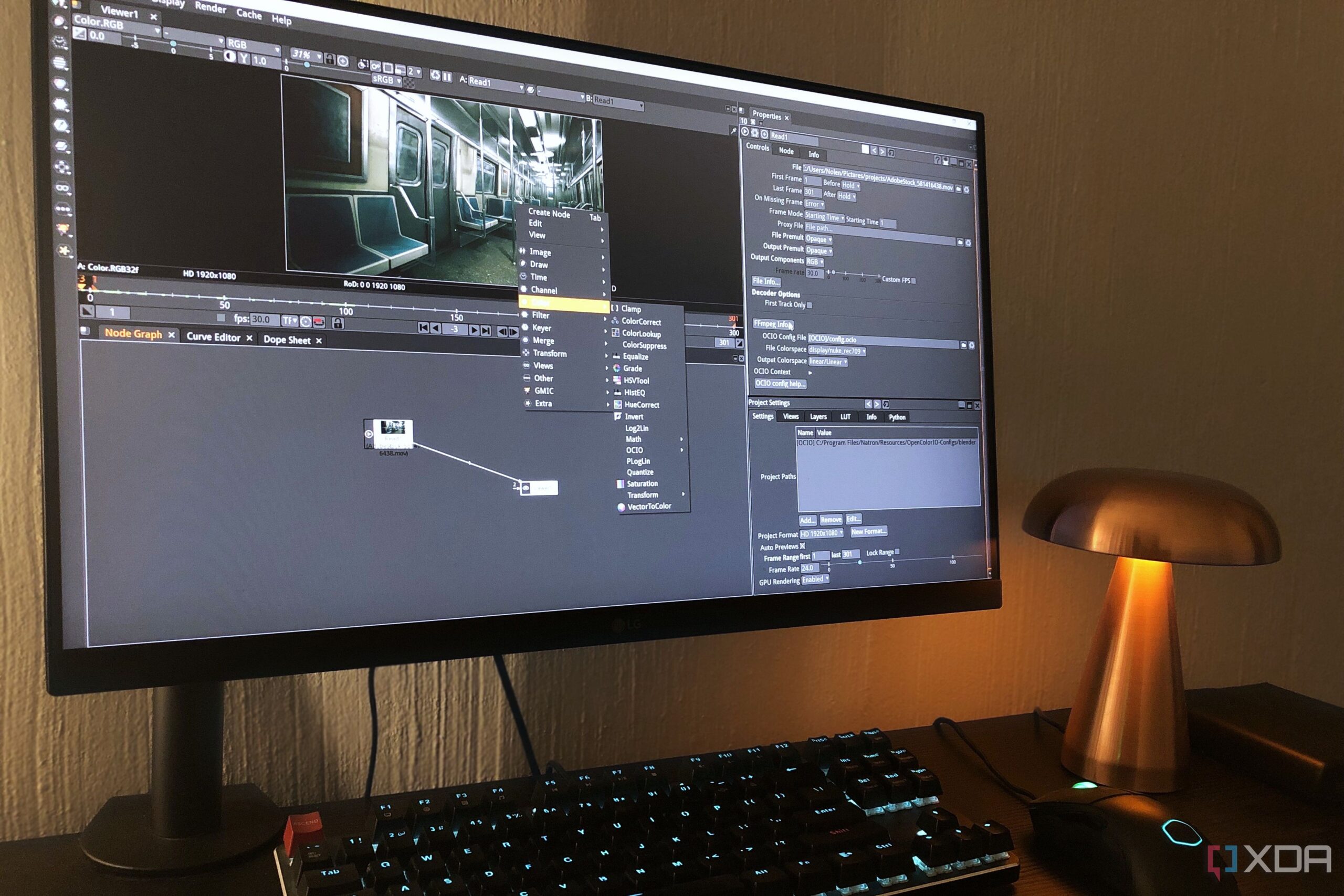BREAKING NEWS: The free and open-source motion graphics application, Natron, has just emerged as a powerful alternative to Adobe After Effects, offering users advanced tools without the burden of subscription fees. This urgent announcement is generating significant buzz among video editing enthusiasts and professionals seeking cost-effective solutions.
Natron is designed for motion graphics and visual effects, providing a robust platform for creating professional-level graphics. Many users have struggled to find a suitable replacement for After Effects after canceling their Adobe subscriptions, but Natron’s feature-rich environment is changing the game.
The app’s core capabilities include green screening, which has been thoroughly tested and praised for its accuracy. Users can seamlessly import files and utilize the Chroma Key node to remove backgrounds with precision. The application’s intuitive interface allows for fine-tuning spill, edges, and grain, making it an effective option for complex composites like explosions or floating particles.
In addition to compositing, Natron excels in animating motion graphics. Users can create intricate masks using the Roto tool and animate them smoothly with keyframes. While some users have reported challenges with the keyframe Curve editor, the ability to import custom graphs offers flexibility for advanced users. This functionality is crucial for projects requiring animated lower thirds, titles, or dynamic motion typography.
Natron also boasts an extensive selection of color grading and filter options. The platform supports Look-Up Tables (LUTs) and offers various lighting effects, essential for professional-quality video production. Users have highlighted the effectiveness of the HSVTool node for color correction, as well as the visually striking Bloom filter that enhances the overall aesthetic of projects.
Rendering and exporting in Natron is straightforward, with support for numerous formats and codecs. This capability ensures that users can output projects in the desired file type, a feature that sets Natron apart from many other free editing tools. However, it is worth noting that the application leans more towards studio workflows rather than casual creators, lacking direct presets for social media formats.
Despite minor performance lags, Natron’s capabilities are impressive. It offers node-based compositing, advanced animation, detailed masking, and comprehensive color grading tools, giving users pro-level control without the financial commitment of a subscription. Many are already sharing their positive experiences, making Natron a trending topic among digital content creators.
As this powerful tool gains traction, users are encouraged to explore its features and consider it as a viable alternative to Adobe’s offerings. The open-source community is buzzing with excitement over Natron’s potential, promising to reshape the landscape of motion graphics and visual effects.
Stay tuned for ongoing updates as more users share their experiences with Natron and the impact it has on the industry. This is a development that video editors and motion graphics artists cannot afford to ignore!








































































